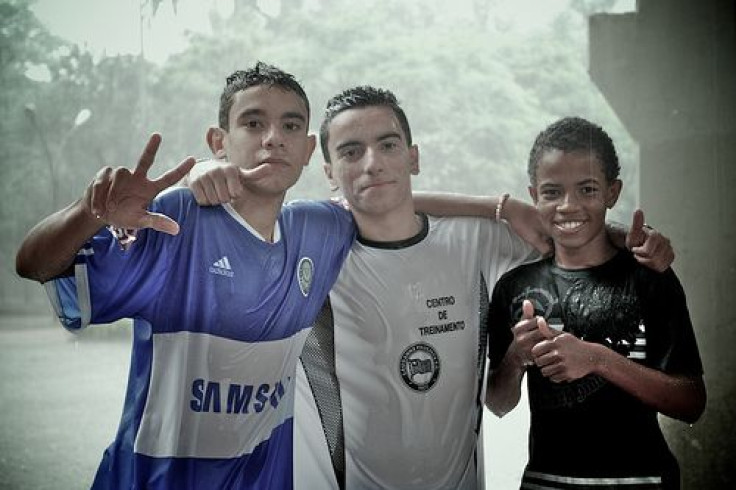Most Mental Health Problems In Teens Go Untreated; Phobias, Anxiety Among The Worst

Most teens who suffer from psychiatric disorders and mental health problems never receive any treatment for the disorder, according to a new Duke University study conducted by university researcher and associate director of the Duke Center for Child and Family Policy, Dr. E. Jane Costello.
The study highlights the ongoing rift between how often mental disorders are diagnosed and how often the cases receive treatment. In the U.S., psychiatric disorders as a whole continue to be met with less seriousness than physical disabilities, Costello argues, which means that millions of people must cope with their conditions on their own — a painful, exhaustive effort that can lead to the development of even more mental ailments.
The present study collected survey data on more than 10,000 American teenagers between the ages of 13 and 17. Costello argues that the findings serve as a red flag for the true breadth of undertreatment among teenagers in the U.S., and as a motivation for action among health care professionals who are in a position to act. It is especially concerning given the myriad links between each disorder.
Depression, for instance, is linked with a slew of anxiety disorders, such as obsessive-compulsive disorder (OCD), phobic disorder, panic disorder, social anxiety disorder, and post-traumatic stress disorder (PTSD). It’s also been found to appear alongside schizophrenia and certain eating disorders. ADHD (attention deficit hyperactivity disorder) has been linked to depression as well, along with certain sleep disorders, aggressiveness, memory problems, and anxiety.
In Costello’s latest study, however, only ADHD saw significant rates of treatment. While roughly 74 percent of children diagnosed with the disorder received treatment, those with phobias and anxiety only got professional help roughly 40 percent of the time. Even with ADHD’s promising rates, however, the majority of children who did receive treatment ended up getting it at school or at a specialty mental health setting (23 percent), rather than in a general medical setting (10 percent). Black youths were more likely not to receive treatment than white youths.
The problem, as Costello sees it, is a scarcity of child psychiatrists. Too many families seek out help from unqualified sources, she argues, either because they feel the child’s symptoms don’t merit clinical treatment or because they simply don’t have enough information to make sound choices. Being able to incorporate psychiatric professionals into nonmedical settings would make the transition into treatment a smoother one, she argued.
"We need to train more child psychiatrists in this country," she said. "And those individuals need to be used strategically, as consultants to the school counselors and others who do the lion's share of the work."
In the U.S., ADHD diagnoses have risen 22 percent from 2003 to 2007, according to the Centers for Disease Control and Prevention. Between 2000 and 2008, autism has risen in prominence from one in 150 children diagnosed to one in 88 children.
"It's still the case in this country that people don't take psychiatric conditions as seriously as they should," Costello said. "This, despite the fact that these conditions are linked to a whole host of other problems."
Source: Costello E, He J, Sampson N, et al. Services for Adolescents With Psychiatric Disorders: 12-Month Data From the National Comorbidity Survey–Adolescent. Psychiatric Services. 2013.



























